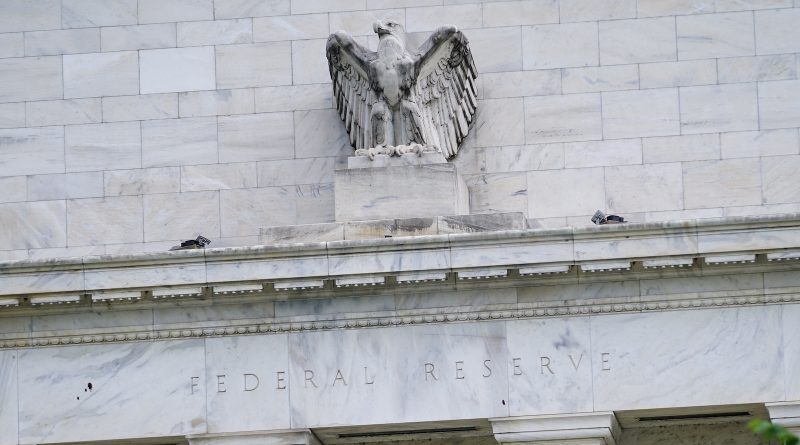Federal Reserve anticipates lowering interest rates in the near future, but not within the current week
The Federal Reserve has maintained interest rates steady at a 23-year high since last July — but a rate reduction is widely anticipated in the upcoming months. On Wall Street, the expectation for an interest rate cut has shifted from whether to when.
The central bank will announce its latest interest rate decision on Wednesday following a prolonged period of data that has set the necessary conditions for a rate cut: moderating inflation and decelerating job growth.
Nevertheless, economists predict the Fed will keep interest rates unchanged on Wednesday, providing the central bank with time to confirm that current trends persist before its next meeting in September.
The likelihood of an interest rate decrease at the Fed’s meeting in September is above 85%, according to the CME FedWatch Tool, a gauge of market sentiment. The same tool indicates the probability of a rate cut on Wednesday at a meager 5%.
The economy seems to be heading towards interest rate reductions later this year, nonetheless. Such an outcome would provide long-awaited loan relief for households and businesses burdened with costly debt.
Price rises have significantly decelerated from a peak of over 9%, although inflation remains a percentage point above the Fed’s target rate of 2%. A clear decline in prices in June compared to the previous month represented a major sign of progress in curbing inflation.
The job market has continued to expand but its rapid pace has slowed. The unemployment rate has risen this year from 3.7% to 4.1%.
The Fed is mandated to maintain control over inflation and ensure a robust labor market. The sustained period of positive news for inflation alongside negative news for unemployment has led the Fed to give further consideration to its objective of keeping Americans employed, Fed Chair Jerome Powell stated last month.
“For a long time, since inflation arrived, it’s been right to mainly focus on inflation. But now that inflation has come down and the labor market has indeed cooled off, we’re going to be looking at both mandates. They’re in much better balance,” Powell said at a meeting of The Economic Club of Washington, D.C.
“That means that if we were to see an unexpected weakening in the labor market, then that might also be a reason for reaction by us,” Powell added.
However, robust economic data released last week may complicate the path toward a rate cut.
MORE: US economy grew much faster than expected in 2nd quarte
The US economy expanded much faster than anticipated in the three months ending in June, picking up speed from the previous quarter and defying worries about a

